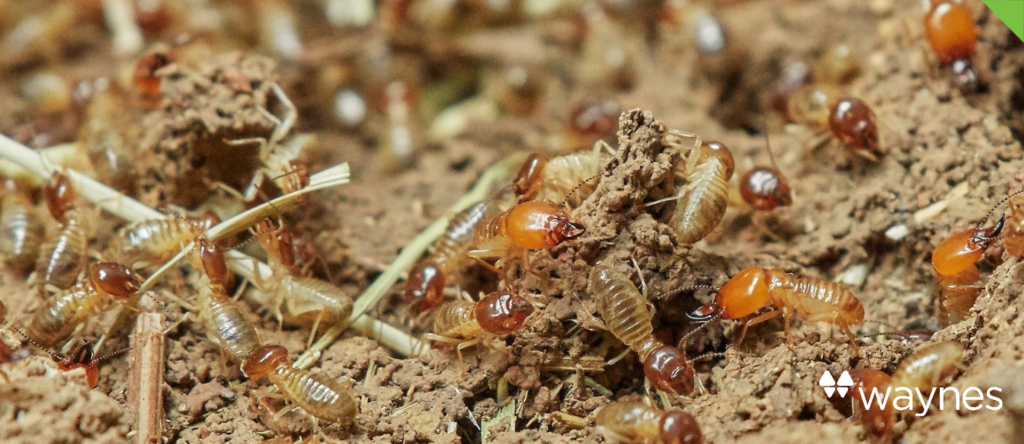Believe it or not, cockroaches are very important to our environment. Not only are the key contributors to nutrient recycling, but they also provide a steady food source for our local wildlife. There are 25 native species of cockroaches and five of those species are responsible for giving the others their bad reputation. Of those five, the German and the Brown-banded cockroaches are indoor and considered to be the most common. The American, the Smokybrown and the Oriental cockroaches are also common but they thrive outdoors.
Currently, IPM (Integrated Pest Management) is the best method of prevention and control. Rather than just treating the symptoms, one studies the behaviors of the species in order to understand them, and customizes a solution to prevent them. IPM is important because cockroaches are known for their extraordinary ability to adapt and survive. Keep in mind that these pests have been around long before the dawn of the dinosaur. As one could imagine, it’s a given that cockroaches know a thing or two about survival.
Now, ridding your home of these creepy little critters is like playing one big game of chess. The only exception is that your opponent has three times the amount of pawns you have at their disposal. However, like chess, success lies within your strategy and observing your opponent. Knowing who/what you are up against and their typical moves will give you the advantage of being one step ahead.
Get to Know the Cockroach
Cockroach are omnivores, meaning they will eat anything plant or animal-based. In other words, unless they are given a reason to not eat something, you can count on them to at least do a taste test. They can go a full month without food. Must have moisture to survive. They can only live for about a week without water.
They prefer dark, warm humid places and can often be found in kitchens or bathrooms. Cockroach can live about a week without their head. Oh yeah, you read that correctly…a full week without their head! Ugh!
Know the Signs of an Infestation
Small cockroaches leave black droppings that resemble black pepper. Large cockroaches leave black or brown droppings that have ridges on the side and a blunt ending. These are often mistaken for mouse droppings. Female cockroaches lay egg capsules that appear to be “glued” to surfaces and can often be found near food sources, under cabinets, in basements, laundry rooms, or bathrooms. Pheromones produced by cockroaches have a “musty” smell and can trigger allergies and asthma.
Prevention and Control
Eliminate what they need to survive: food, water, and shelter.
Pick/clean up after eating and clean up spills or crumbs immediately. Pay special attention to keeping the garbage can and surrounding area clean. Vacuum, mop, and sanitize weekly. Use airtight containers for food storage. Don’t leave pet food or water bowls out at night.
Declutter and remove any potential hiding places.
Seal off any cracks or crevices around windows, doors, piping or wiring. Use environmentally safe bait stations or sticky traps to identify “hot spots” and reduce infestation.
If you are still seeing cockroaches, we encourage you to contact us at 1-866-WAYNES1. Our Pest team is well versed in the IPM process and are prepared to customize a plan that works for you.









